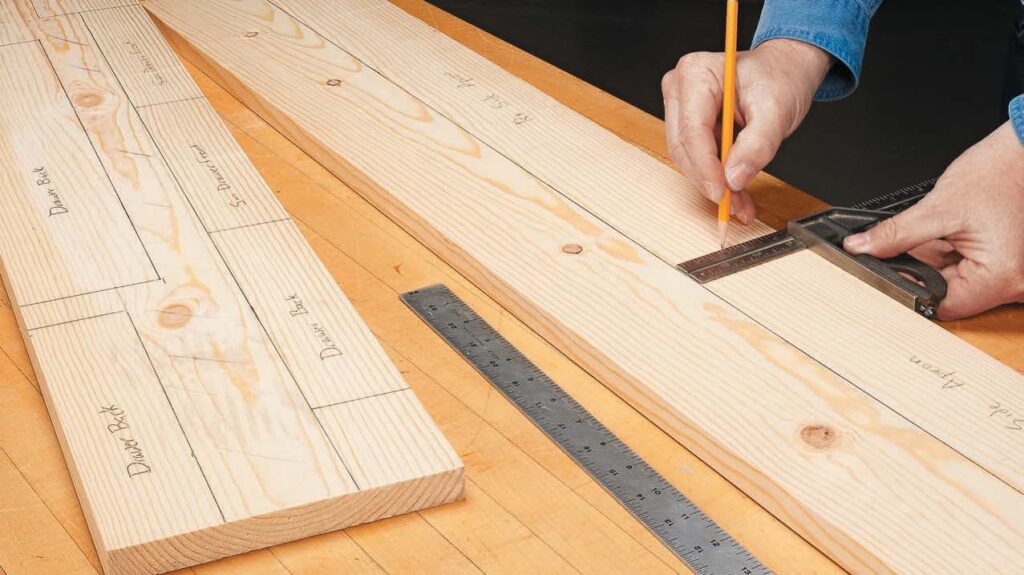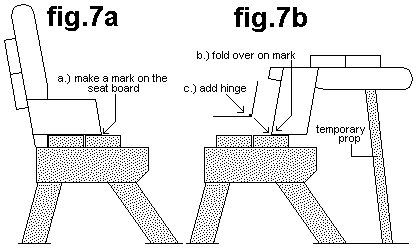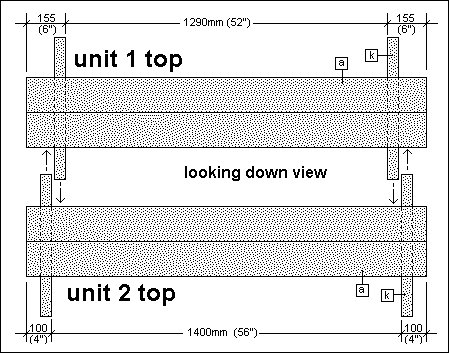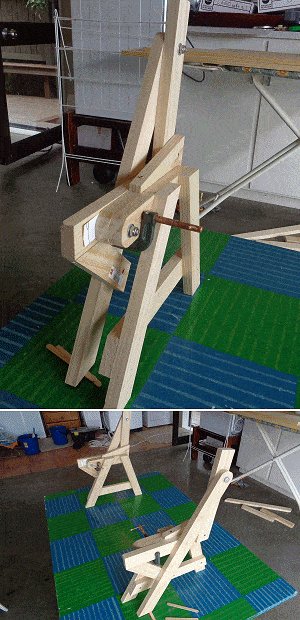Contents
Are you in search of the perfect wood to use for your DIY woodworking projects? Woodworking with pine comes with a great advantage. For one, pine is widely available, allowing you to source it in any home improvement store or lumberyard.
Additionally, thanks to its abundance, pine is fairly inexpensive. Therefore, you can use it at any stage of your woodworking experience, whether you are a beginner or seasoned worker. Nonetheless, to truly appreciate pine, it is a good idea to learn more about the characteristics of this softwood.
What is Pine?
An evergreen conifer tree, pine grows clusters of long needle-like leaves and develops cones. The tree typically grows in temperate and tropical regions, which does so at a fast-growing rate and in dense stands. However, most pine we use for woodworking is grown on a plantation; such pines feature a much denser and more durable finish.
The tall evergreen tree is available in over 120 different species and is considered an extensively used wood type for lumber. Typically growing in clusters, pine is valued for its timber and wood pulp.
Naturally, pine trees have powerful insect and decay-resistant properties. However, it loses these properties when harvested as wood, meaning it best serves as indoor furniture wood. But, you can still use pine wood for outdoor furniture by treating it.
Pine Wood Uses
Due to its profile, pine wood has many applications. Amongst the common applications of pine woodworking include;
- Making furniture.
- Making furnishing products such as window frames, paneling, floors, and roofing.
- Construction.

Types of Pine Wood
Pine wood is extracted from various species. So, when choosing the best pine for woodworking, you have to figure out which species best serve you. Some of the popular pine wood types include:
Eastern White Pine
Eastern white pine is amongst the most popular options for pine woodwork. The soft wood features a fine texture and low resin content to make it easy and neat to work with. Its straight grain and subtle texture allow different woodworking tools to glide through without sticking easily.
This type of pine wood also features a light exterior with a creamy white interior to give an aesthetically pleasing color contrast. Thus, even without stains or paint, eastern white pine still produces an immaculate and classy-looking furniture piece.
European Black Pine
Also known as Austrian pine, black pine is relatively hard and features straight grains. However, due to its ultra-fast growth rate, it is a little rough and not as strong compared to other species. Due to this profile, black pine is usually utilized for general construction.
Pitch Pine
Pitch pine isn’t as fast-growing and typically features several crooked trunks. Due to these characteristics, pitch pine is quite a major timber tree. Nonetheless, it is still used for woodworking. It is typically used for boat building, pulp, crafting, and rough construction. After all, its high resin profile means that it is durable and effective at fighting decay.
But, this also means you need proper face protective gear when working with it. Pitch pine has an uneven growth rate which makes it difficult to source in large lengths. This makes pitch pine a little more expensive compared to species such as eastern white pine. Thus, you probably want to stay away from this type of wood if you are still a beginner in woodworking.
Other types of pine wood:
- Soft Pine Wood – Sugar Pine, Western White Pine, Limber Pine.
- Hard Pine Wood – Shortleaf Pine, Longleaf Pine, Slash Pine, Loblolly Pine, Sand Pine, Spruce Pine, Table Mountain Pine, Virginia Pine, Pond Pine.
- Intermediate Hardness Pine Wood – Lodgepole Pine, Ponderosa Pine.
- Red Pine Wood.
Factors You Need to Consider When Working with Pine
Like any other natural product, you have to know how to choose the best quality pine for woodworking. There are several factors to consider ensuring you find the best choice. Here are some of the key factors;
Moisture
You have to ensure you find pine of the best quality for successful woodworking. Processed pine wood typically undergoes a kiln drying process. However, this process doesn’t completely dry them. So, if left unused for a long period, the wood can easily bend and lose its neat look.
To prevent this from happening, you have to use the wood immediately after purchase. Alternatively, you can handpick each individual lumber and store it in the right conditions to ensure the wood dries thoroughly.
Pine Woodworking
When pine woodworking, you will notice that some species have a lot of tar on your power tool blades. This makes the wood a lot more difficult to work with, reducing the quality. In this case, you want to first cure the wood before using it. Alternatively, you can invest in pre-treated wood. On the other hand, wash your power tool blades with soap and water before each use to ensure maximum performance when working with pine.

Prep is important
Even after you have gathered your pine wood and working tools, prep is still an important process. With the pine wood, you have to ensure you eliminate any dents or scratches. On a working surface, remove loose wood chips and get rid of the dents.
You can even integrate some woodworking tricks to make your pine wood look better. One way of doing this is using a wood router to shape and cut the wood to finish the edges and give it a more professional look. Lastly, before you start working on the wood, make sure your tools are adequately sharpened!
Woodworking with Pine
Thanks to its workable properties, woodworking with pine is pretty easy for woodworkers of all skills. The best pine wood models feature a fine texture and low resin content to make it a mess-free wood for woodworking.
Furthermore, its straight grain and subtle texture mean working with your woodworking tools shouldn’t be an issue. In fact, the wood’s ease-of-use gives you the convenience to work with it anywhere. Simply whip out that cordless router, pine wood planks, and enjoy creating your favorite pergola designs while basking in a cool summer afternoon!








